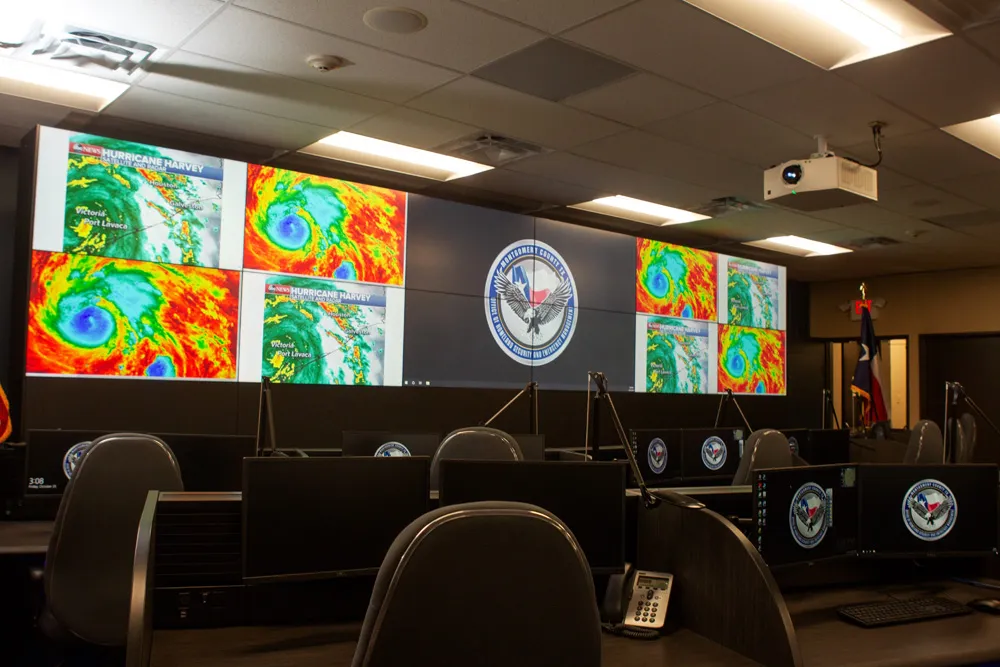Huawei is to supply its GSM-R solution for the Turkmenistan Buzhun-Serehtyaka and Bereket-Cilmammet integrated railway communications project.
Huawei's customised solution features advanced communication technologies and equipment for the railway industry, including the DBS3800 distributed base stations and remote radio units (RRUs) which are installed at the top of towers, efficiently reducing the impact of antenna feeder loss on radio network coverage while satisfying the special local requirement that
June 12, 2014
Read time: 2 mins
Huawei's customised solution features advanced communication technologies and equipment for the railway industry, including the DBS3800 distributed base stations and remote radio units (RRUs) which are installed at the top of towers, efficiently reducing the impact of antenna feeder loss on radio network coverage while satisfying the special local requirement that equipment rooms cannot be located close to the towers.
In addition, Huawei will re-utilise the core networks implemented in earlier projects, which not only reduces network construction cost but also ensures high reliability of the railway communications network, meeting the trunking dispatch needs on Turkmenistan's live networks.
When the project is complete, the peak speed of the railway line will increase from 60 km/h to 120 km/h.
"We are excited to work with the Turkmenistan Government on the modernisation of the existing railway system. Huawei is committed to innovation, and we will continue to optimise our GSM-R solution offerings, providing high-quality customer-centric solutions and services for railway operators around the world," said Wu Ling, general manager of Enterprise Wireless GSM-R Product Line, Huawei.








